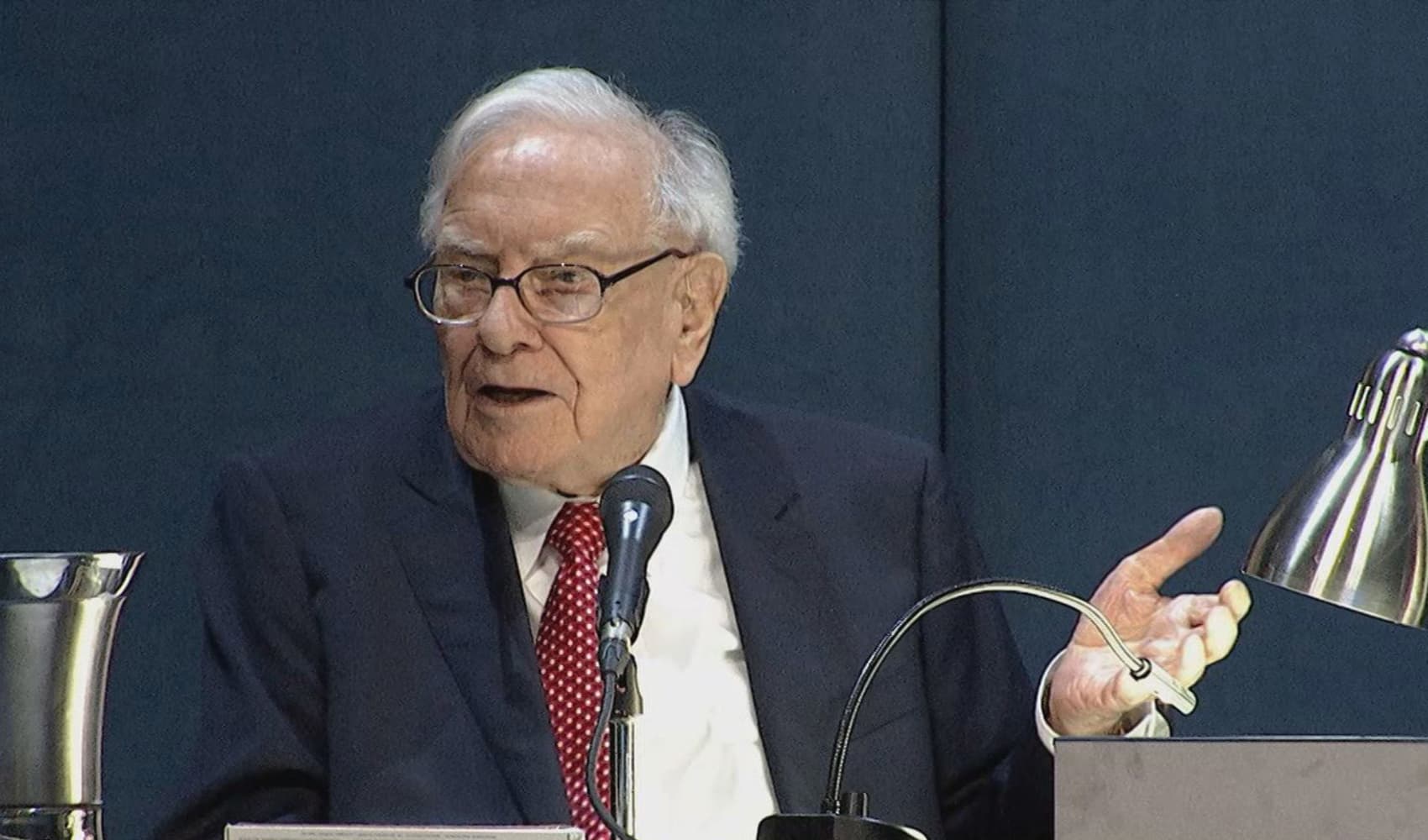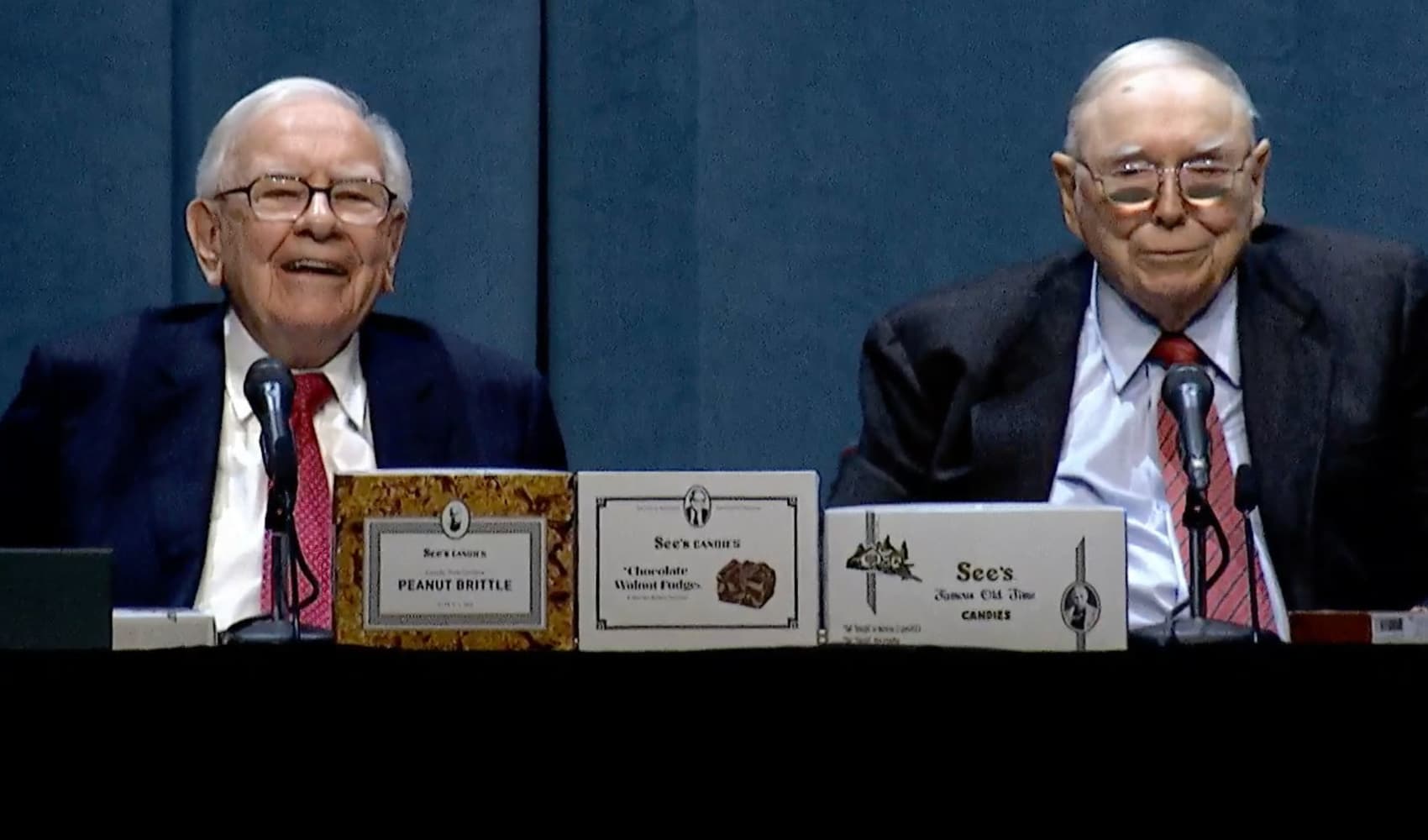
After three years of haphazard plans for getting workers back at their desks, the return-to-office movement has entered a phase of remorse.
A whopping 80% of bosses regret their initial return-to-office decisions and say they would have approached their plans differently if they had a better understanding of employees' office attendance, their usage of office amenities and other related factors, according to new research from Envoy.
"Many companies are realizing they could have been a lot more measured in their approach, rather than making big, bold, very controversial decisions based on executives' opinions rather than employee data," Larry Gadea, Envoy's CEO and founder, tells CNBC Make It.
Envoy interviewed more than 1,000 U.S. company executives and workplace managers who work in-person at least one day per week.
Get DFW local news, weather forecasts and entertainment stories to your inbox. Sign up for NBC DFW newsletters.
Some leaders lamented the challenge of measuring the success of in-office policies, while others said it's been hard to make long-term real estate investments without knowing how employees might feel about being in the office weeks, or even months, from now.
Kathy Kacher, a consultant who advises corporate executives on their return-to-office plans, is surprised the percentage isn't higher.
"Many organizations that attempted to force a return to the office have had to retract or change their plans because of employee pushback, and now, they don't look strong," says Kacher, the president of Career/Life Alliance Services. "A lot of executives have egg on their faces and they're sad about that."
Money Report
The 'great resignation' to the 'great regret'
As some business leaders accept hybrid work as a permanent reality, others are backtracking on earlier pledges to let employees work from home on a full or part-time basis.
As of July, 59% of full-time employees are back to being 100% on-site, while 29% are in a hybrid arrangement and 12% are completely remote, according to new data from WFH Research. Offices are still only half full compared to their pre-pandemic occupancy.
Across industries, major corporations including Disney, Starbucks and BlackRock are requiring employees to spend more time at the office, with executives often citing the need for more in-person collaboration.
Zoom is the latest to reverse course, telling employees who live within a 50-mile radius of a Zoom office that they need to come in at least twice a week.
It's an abrupt shift from the company's previous policy, which allowed employees to choose between hybrid, in-person or permanent remote work.
"We believe that a structured hybrid approach — meaning employees that live near an office need to be onsite two days a week to interact with their teams — is most effective for Zoom," a company spokesperson said in a statement to CNBC Make It, adding that the company will "continue to leverage the entire Zoom platform to keep our employees and dispersed teams connected and working efficiently" and "hire the best talent, regardless of location."
The sunk cost of unused office space has been a major factor in companies' decisions to change their RTO approach, says Kacher.
Even six months ago, companies were willing to eat these costs in a tight labor market to recruit and retain talent. But now, "Some companies are getting impatient, and want to recoup these large investments," Kacher explains.
In New York City, office space costs, on average, about $16,000 a year per employee, the New York Times reports.
Yet the constant risk of losing top talent has been enough to make companies reconsider their strict RTO mandates. Research has shown that companies that put pressure on employees to return to the office are more likely to experience turnover issues than those that don't.
Companies that have mandated a strict return to the office three days a week without first seeking employee input are experiencing the most angst, Kacher adds.
"They're the ones struggling with retention and recruitment," she says. "Some of the companies I work with have even scaled back the number of in-office days they're requiring in response to employee backlash."
Who's winning the return-to-office fight
The companies that are seeing the most success with returning to the office appear to be the ones that are making decisions with their employees, rather than for them.
Take Ernst & Young, for example.
The global accounting and consulting firm weathered some employee criticism for its initial return-to-office announcement in June 2021, when the firm told employees that they would be encouraged to spend 40-60% of their time in the office.
Their plan was put on pause through the end of the year as Covid-19 cases ticked up once again throughout the U.S., so EY leaders used that time to ask employees about their reluctance to come into the office.
Common threads stood out to Frank Giampietro, EY's chief wellbeing officer for the Americas: Employees weren't sure what to do about pet care or child care.
In response, EY announced a fund in February 2022 to reimburse up to $800 per year for commuting, pet care and dependent care costs for each of its 55,000-plus U.S. employees.
The fund, which is ongoing, had an immediate positive impact on employees' in-office attendance, Giampietro adds. Since EY first rolled out this benefit in February 2022, EY has seen a 150% uptick in office attendance across the U.S.
"It didn't take a complete rehaul of our return-to-office policies to make employees happy," he says. "We just needed to listen to our people and understand what, specifically, was problematic for them, and offer resources to address that."
Kacher anticipates that it will take at least another year or two before companies settle into an office routine that employees are content with and bosses don't regret.
"Some organizations are still in denial that people aren't coming back to the office, and some have moved into the acceptance phase, where they're ready to think more creatively or differently," she says. "But it'll take time for all of us to get there together."
Want to be smarter and more successful with your money, work & life? Sign up for our newsletter!
Get CNBC's free Warren Buffett Guide to Investing, which distills the billionaire's No. 1 best piece of advice for regular investors, do's and don'ts, and three key investing principles into a clear and simple guidebook.
Check out:
Forget 'quiet quitting' — 'loud laborers' are killing workplace morale. Here's how to spot them






